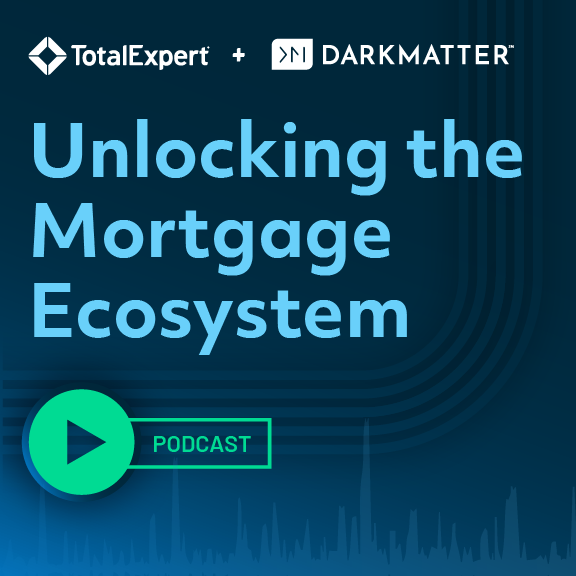If your financial brand is succeeding, it’s likely you’re taking steps to personalize your marketing campaigns to provide a better experience for your customers or members.
Whether you’re sending customized subject lines or segmenting your email lists, you’re also probably aware that there’s a slim margin for error. Your ability to retain customers depends on your successfully toeing that line.
There’s no shortage of gaffes when it comes to personalized marketing. Most of these errors come in some form of showing your customers or members that you’re using automation without taking the time to follow up. Without that human element, these personalization gaffes leave consumers feeling cold and can cost you their trust.
Here are a few common personalization fails marketers too-often commit and a few tips to help you avoid them.
1. You Don’t Even Know Who You’re Talking To
One of the most common errors is one of the biggest deal-breakers: Do not get your customer’s name wrong once it has been provided. Whether you’re answering a call from someone who’s already provided you with their name and email address or you’re sending out an automated email, your system should be foolproof.
Get your first-name tags cleaned up in email campaigns, at a minimum. Someone who receives an email addressed to Fname is unlikely to trust that company with their financial well-being.
And do not ask for someone’s contact information once you’ve reached out to them. If they’ve filled out a form, you should have that information for your next interaction, whether it’s in person or digital.
Your financial brand relies on a foundation of trust; confusing one customer for another or simply not knowing something you should (like their name), is worse than a missed opportunity.
2. The Offers and Messages You Send Aren’t Relevant
Demonstrate that you understand your customers’ or members’ behavior by serving them relevant, timely content. Messages that don’t check either of those boxes risk exposing your financial brand as one that doesn’t pay attention to who it’s targeting.
Think about how easy it is to lose a customer’s trust by sending a message that just doesn’t apply to their financial needs. Say a customer who has held active savings and checking accounts with the same national bank for the past ten years receives an email from their bank inviting them to enjoy a $100 bonus when they open their first savings account in the next 30 days.
This is a real situation – it’s an offer multiple members of our team received this week. It misses the mark, and it leaves these customers feeling like their bank doesn’t even know they exist. Instead, financial brands should leverage their automated communications capabilities to cross-reference data and send along information that supports their customers or members.
Imagine if the same bank had used that email to offer customers who’ve been banking with the brand for over a decade a CD offer with a great interest rate. Instead of losing hard-earned trust, the financial brand would have deepened their customers’ relationship with the brand. This kind of timely, relevant follow-up can wow customers and keep them in your marketing flywheel. And that’s the goal.
3. After Onboarding, You Disappear
Put yourself in your customer’s shoes: Imagine you’ve just signed a mortgage. For the past several months, you’ve been in regular contact with your mortgage loan officer. You’ve never spent so much time on your bank’s website in your life. And then, you close.
What happens after closing sets the tone for this customer’s relationship to your financial brand for decades to come: Congratulate them immediately after closing via text and follow up with a personalized card in the mail. But don’t stop there. Educate them on various types of insurance they might consider. Show them how to pay off their mortgage, faster. Simply put, set up an onboarding workflow to take new customers or members from closing through the first year.
A smart communications plan will guide customers back to your site to explore other products or services that might help them. Unless you nurture their relationship with your financial brand, you aren’t likely to see this grow in the long-term. It’s simple: If you disappear, eventually, so will they.
Leverage Personal Communications to Humanize Your Financial Brand
Personalization without a human touch can leave consumers feeling skeptical about the brains behind the organizations they trust with their finances. And it’s crucial to maintain a strong record with your customers when it comes to this pillar of your organization.
The power of an interaction in which a customer or member feels their needs are understood by the financial brand they trust is memorable. And these memories supercharge positive associations your customers or members already have with your financial brand.
Empower your relationship managers or loan officers with the technology to avoid gaffes and deliver these great experiences to boost your financial brand.


